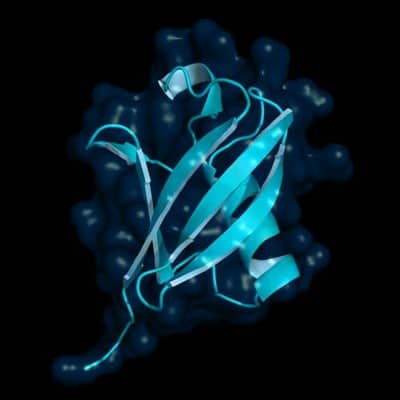How To Use Target Validation In Drug Development
- 15th April 2021
- Posted by: Claudine Gabriele
- Categories: Articles, Bioinformatics, Gene Expression Analysis

Target validation happens at the preclinical stage of drug development and is the verification of a biological target for a potential drug or disease mechanism. These targets are biological entities which either interact with, or are modulated to some extent by, compounds such as small molecules or other potential drugs. After a potential target has been identified, perhaps via high-throughput screening, it needs to be validated to ensure that it is relevant or has the reaction expected. A large cause of failure in clinical trials (and also late stage preclinical research) is a lack of understanding of the target binding for a potential drug. Where the target is involved in disease mechanisms, it is validated to assess if modulation of the target would likely have a therapeutic effect. Validating a target increases confidence in a new or repurposed drug. Selecting the correct targets and/or the correct indication is essential for development success later in the drug development cycle. Pfizer analysed 44 of its own Phase 2 programs, and found that only 32% had positive proof-of-concept at the clinical stage. Ensuring target binding (which can be assessed through target validation at the preclinical stage) was one of their three key takeaways to ensuring that potential drugs make it through Phase 2 trials successfully. Additionally, they found that out of 16 companies who accounted for nearly 60% of global R&D spend, the overall success rate for new molecules in Phase 2 development was just 18% in 2008-2009. Target validation at an earlier stage of research could have helped molecules either be discontinued earlier (saving more money from being spent on targets that were incorrect) or could have been repurposed in some way, to still gain some use from the molecule. It cannot be understated how important validation of potential drug targets is to downstream research. Once a target is identified during drug discovery or through target identification, rigorous analyses are conducted on the data generated to assess if it responds or works as expected. This can be done through analysis of datasets such as CRISPR screens, knockout models, or gene expression data. Additionally, in silico comparisons can be conducted with the results with publicly available data, to further verify the targets. All research areas such as cardiovascular diseases and oncology can use target validation at the preclinical stage and bioinformatics analysis is vital here. By combining our expertise in bioinformatics analysis with our drug discovery knowledge, we can support your research no matter which therapeutic area you target. We have experience with target validation projects in areas such as cardiovascular and gastrointestinal diseases. Whether you are looking for analysis of high-throughput data from in-house preclinical experiments or for data landscaping and subsequent mining of publicly available datasets, we can help your research. Find out more on our services page. Bioinformatics in the Preclinical Stage Molecular Target Validation in preclinical drug discovery Target Identification & Validation in Drug Discovery Why use target validation?
How to validate targets
Our analysis expertise
Read more
Leave a Reply
You must be logged in to post a comment.

